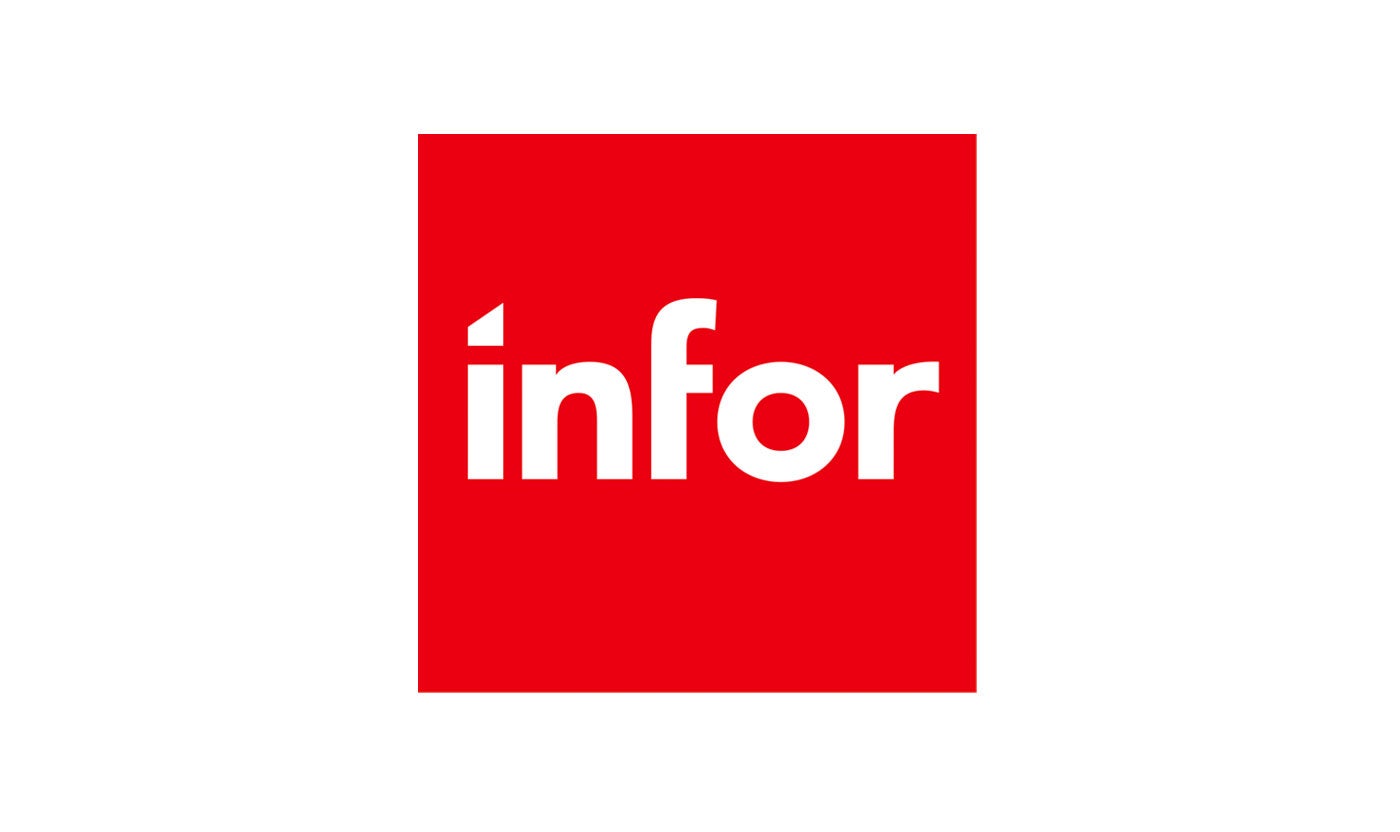





Accelerate hiring key talent to deliver care and exceed patient satisfaction.

Attract skilled candidates, speed up hiring and grow expertise in your workforce.

Simplify recruiting finance and banking talent with a platform for hard-to-fill roles.


Build a talent pipeline that engages and drives your business forward.


See how diverse and global enterprises use iCIMS to employ millions, drive innovation and connect communities worldwide.

Uncover unique market insights, explore best practices and gain access to talent experts across our library of content.


View press releases, media coverage, the latest hiring data and see what analysts are saying about iCIMS.


Streamline your tech stack and take advantage of a better user experience and stronger data governance with ADP and iCIMS.

The combined power of iCIMS and Infor helps organizations strategically align their business and talent objectives.

Our award-winning partnership with Microsoft is grounded in a shared desire to transform the workplace and the hiring team experience.

Our partnership with Ultimate Kronos Group (UKG) supports the entire talent lifecycle by bringing frictionless recruiting solutions to UKG Pro Onboarding.

Contingent workers are those who do not have an implicit or explicit contract for ongoing employment. These workers may include: independent/temporary contractors, seasonal workers, freelancers, consultants, workers provided by contract firms, on-call workers and interns across all work disciplines.
There are many benefits for businesses that hire temporary workers seasonally or on a project basis, allowing them to flex their workforce to meet demand. They save money by outsourcing all the labor involved in recruiting, screening and interviewing job candidates. And in some instances, especially those labeled as “temp-to-hire” positions, the temporary employee’s time on site can serve as a “trial” period in which the business can see if that worker is a good fit – in terms of skill sets, ability and professional work habits before potentially hiring her full time. The employer can avoid sinking training and benefits costs into workers who potentially won’t stay or aren’t a good match for the company. According to the Bureau of Labor Statistics, these workers account for about 26% of the workforce and are expected to grow 23% through 2020 – that’s about 631,000 jobs.
Pros & Cons of a Contingent Workforce
The contingent workforce is an increasingly important component of an integrated workforce strategy. Some of the benefits that come along with these types of workers are: flexibility, cost savings and increased productivity. In addition, companies hiring contingent workers for special projects are able to choose from a broad pool of skilled, experienced specialists to maximize project efficiency.
Despite these advantages, without effective hiring and onboarding, contingent staffing can create certain disadvantages. The challenges that come along with contingent workers may include finding employees that can not only perform the job, but also are engaged and interested in your organization’s corporate culture and goals.
How Do I Find Contingent Workers?
Especially with contingent workers, there are great candidates that come to your career site every day that aren’t ready to apply to your jobs but are great contacts to have for future openings. The best way to engage these candidates is through a recruitment marketing automation tool, which gives candidates a quick and easy way to show interest in your company without applying to a position.
For years, sales and marketing professionals have used marketing automation software to build and nurture relationships with sales prospects. As today’s recruiters struggle to hire the best candidates, recruiters are turning into marketing professionals as they “sell” their company’s employment brand in an attempt to attract the best talent. Just like sales and marketing professionals, recruitment professionals need to build and nurture candidate relationships with the help of a recruitment marketing automation tool.
To be ready to hire a contingent workforce you will need a warm pipeline of employees who can not only perform the job, but who are also engaged and interested in your organization’s corporate culture and goals. For contingent or contract-based workers who are always looking for the next opportunity, a recruitment marketing automation tool is essential to facilitate your proactive recruitment efforts.
How to Maximize the Contingent Worker
To receive maximum benefits from contingent workers, you must more closely align the onboarding practices used for regular and contingent employees while still delivering a unique experience suitable for the individual circumstance.
For contingent workers – the focus is usually on onboarding speed rather than employee satisfaction or engagement. Many companies focus on elaborate onboarding plans for permanent hires but do not have a strategy for onboarding contingent workers.
Because contingent staffs have inherent problems with engagement and loyalty, companies must cultivate relationships and deliver personalized experiences before the contingent employees even start.
Along with the standard elements of onboarding process such as overviews of the company’s values, mission statement, organizational chart and new hire paperwork, there are also more individualized elements that should be incorporated into a contingent onboarding process.
The micro-elements of a best-in-class onboarding program include items specific to the employee’s department, function, and/or location.
Companies with employee onboarding portals know this and include things like:
Conclusion
The hiring and onboarding processes for contingent workers are critical. You must empower your employees to hit the ground running by providing resources that introduce them to your company’s culture, and let them know how they fit into the big picture. A good solution is a new hire onboarding portal, which acts as an online orientation and allows them to review and complete all important forms online before their first day.
By automating processes and utilizing a reporting system you can take advantage of statistics on form completions, orientation, and other onboarding steps to help managers make sure their newest contingent hires are ready to get to work.
There are major benefits and opportunities in having a flexible workforce. With a solid commitment to engage new employees, sound employee onboarding processes, and technology tools to help you keep track of it all, you can get new employees up to speed quickly, maximize efficiency, and shorten the learning curve.




